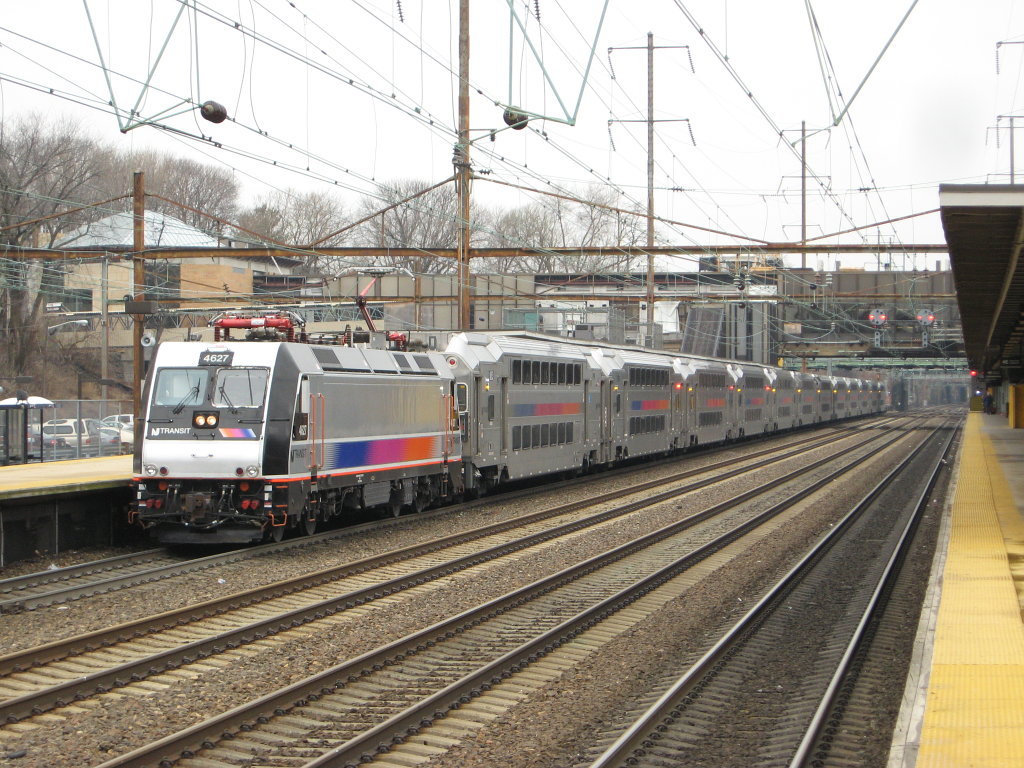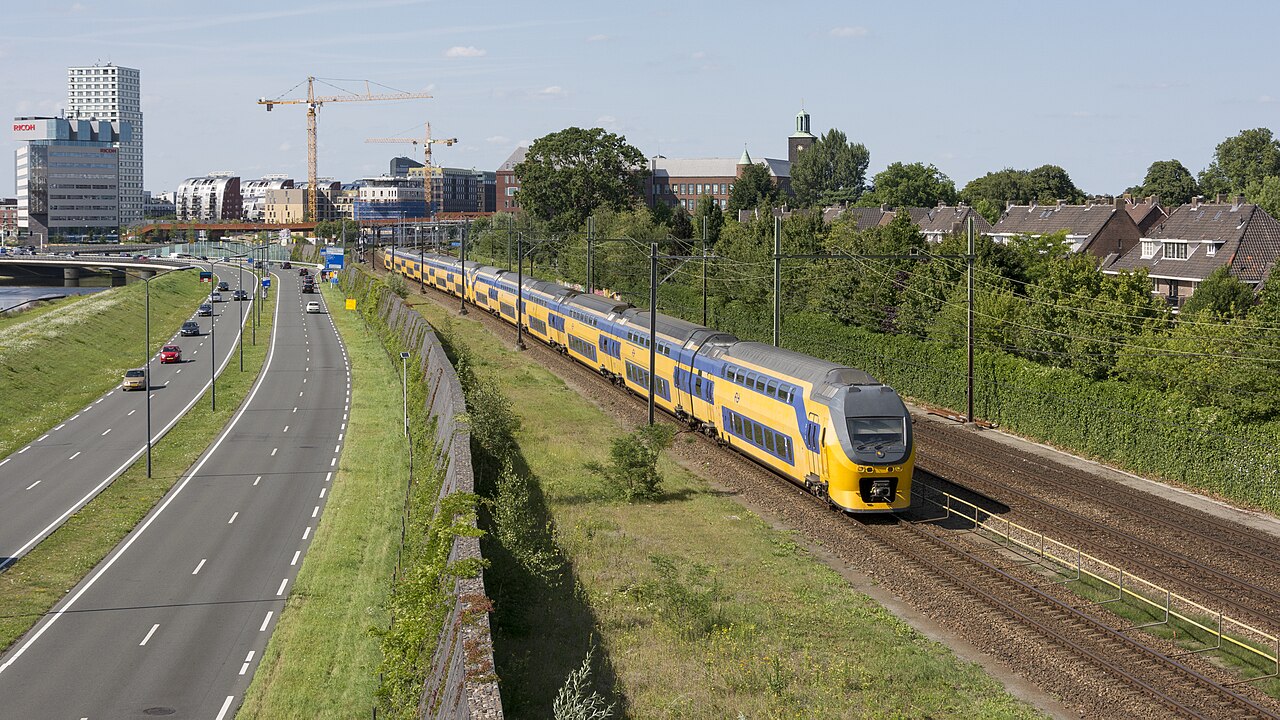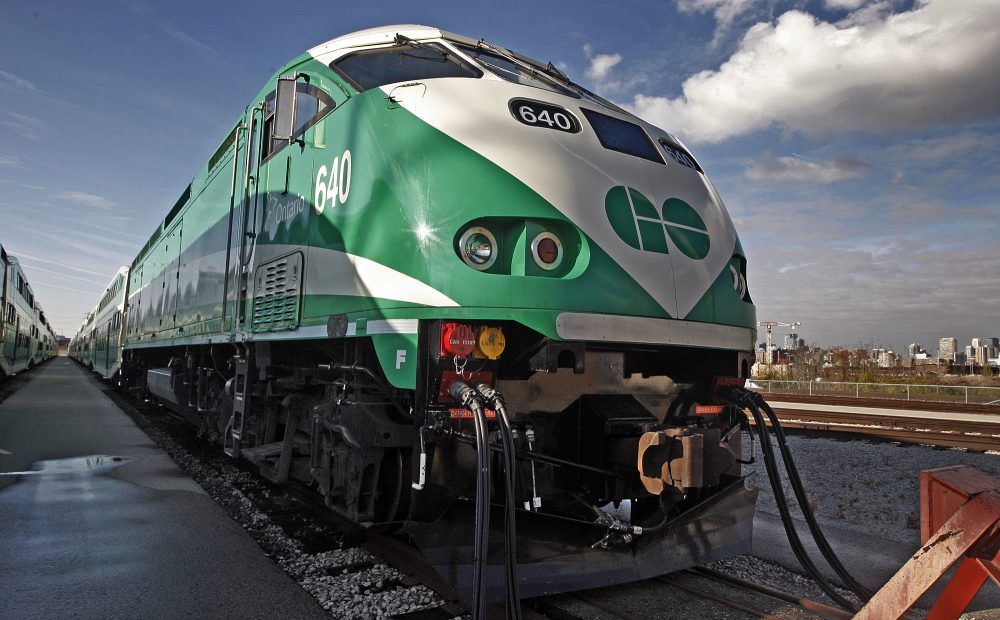reaperexpress
Senior Member
Manually tallying up the seats visible in my walkthrough of a 12-car Niagara train, I found about 1750 seats. It's possible I missed a few here and there, but I don't think I missed 200 seats.To be fair: I have yet to see any train anywhere on this planet which regularly has a seating capacity comparable to a 12-car GO train (more than 1900 seats).
Russian State Railways apparently operates 14-car double-decker trains on some main intercity routes, though I can't find stats for them. Even if you account for a lower seating density due to the intercity configuration, the capacity should be comparable.

https://commons.wikimedia.org/wiki/File:ЭП20-024,_Russia,_Ryazan_region,_Ryazhsk-I_station_(Trainpix_195334).jpg
New Jersey Transit operates 12-car MultiLevel trains during peak periods, with a total of 1580 seats.

https://commons.wikimedia.org/wiki/File:NJT_ALP-46_4627_at_Trenton_Station.jpg
Nederlandse Spoorwegen regularly operates 12-car bilevel trains on the main commuter routes (e.g. Amsterdam-Den Haag-Rotterdam; Amsterdam-Utrecht-Eindhoven). But they only have 1200 seats, probably due to the inclusion of first class, and massive legroom even in second class.

https://commons.wikimedia.org/wiki/..._8721_IC_3557_Venlo-Heerlen_(36155194755).jpg
All of the above (including GO) is based on pre-pandemic consists.
From what I've seen the RRX Regional Express trains are mostly 8 car half-bilevel sets (800 seats). Here's a clip I filmed yesterday (Saturday).To compare: S-Bahn trains in Germany typically operate with no more than 9 single-level cars (576 seats, if triple sets of DB Class 423) and Regional Express trains typically consist of 4-6 bi/multi-level cars.
Last edited:






